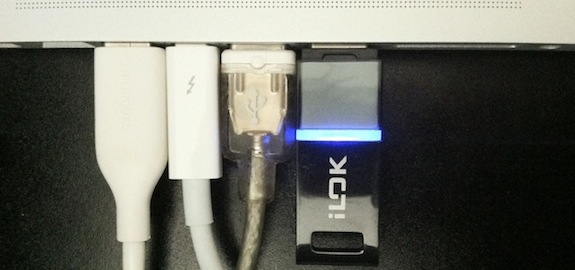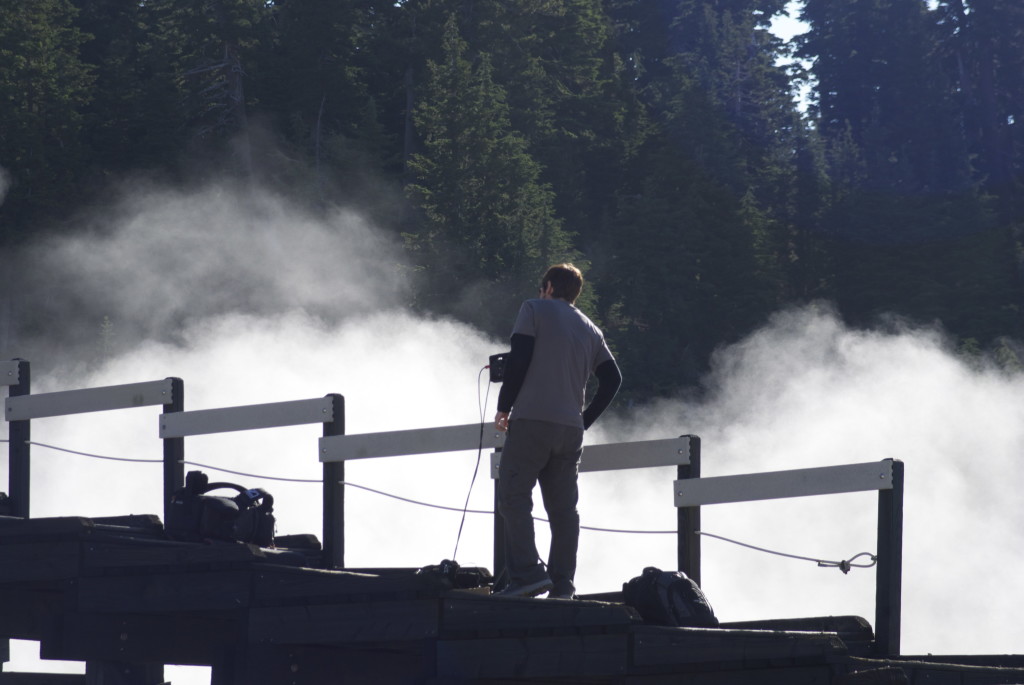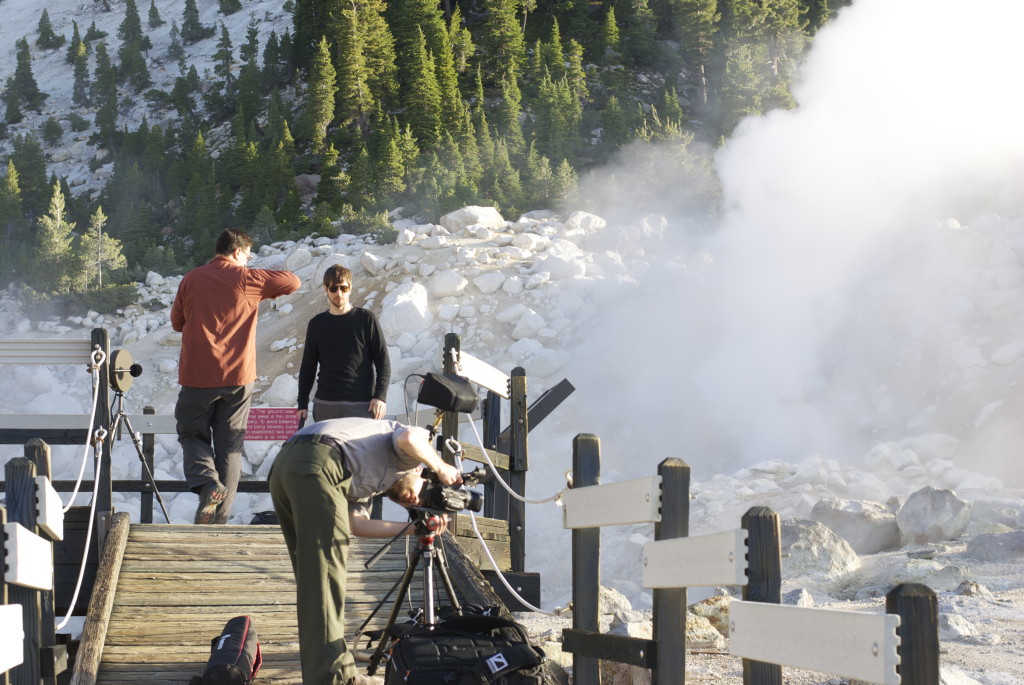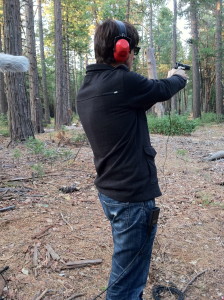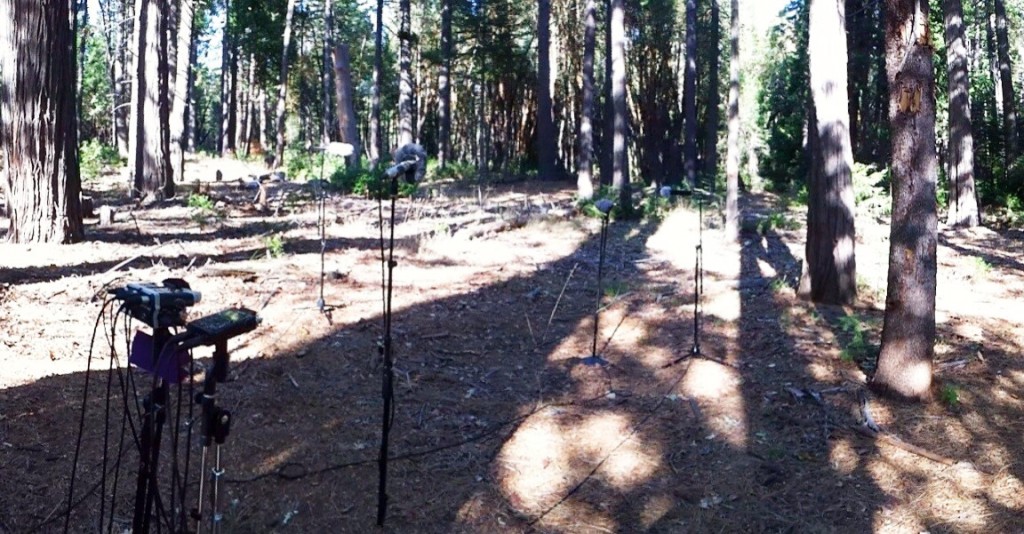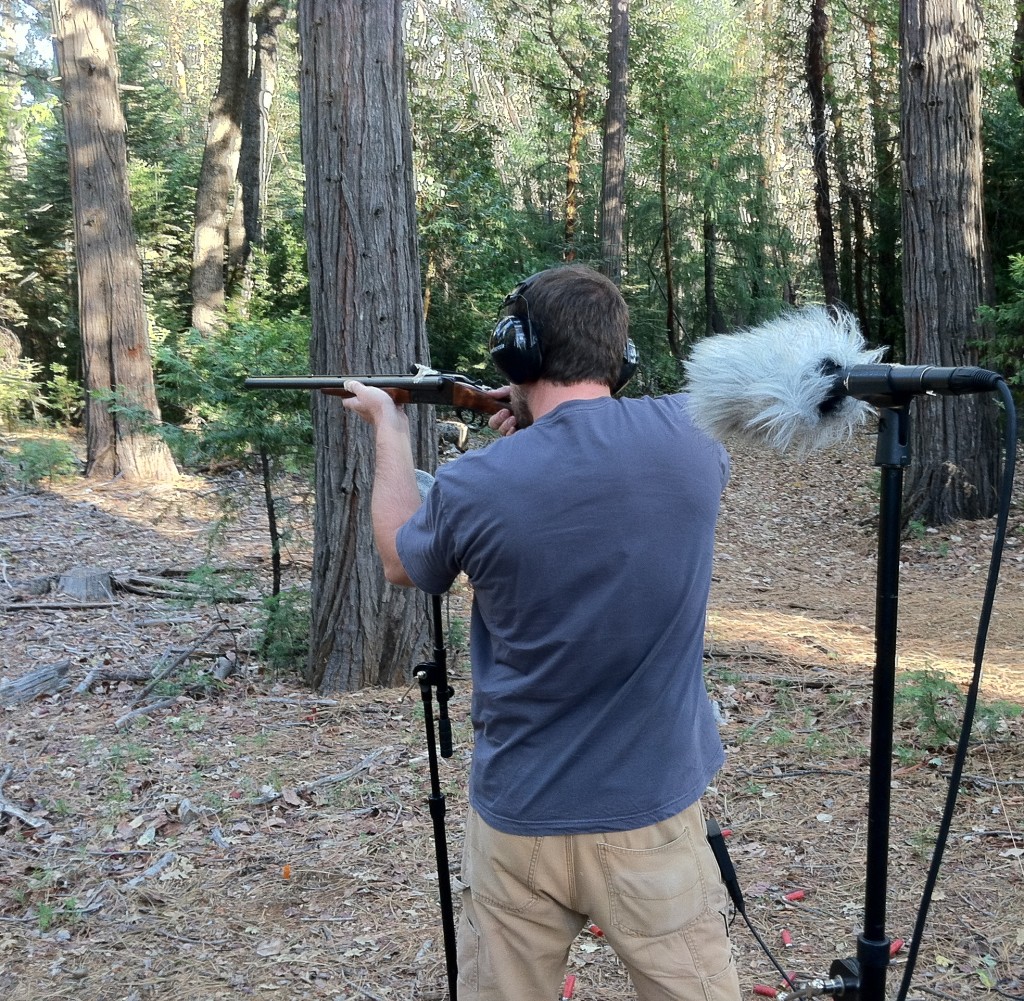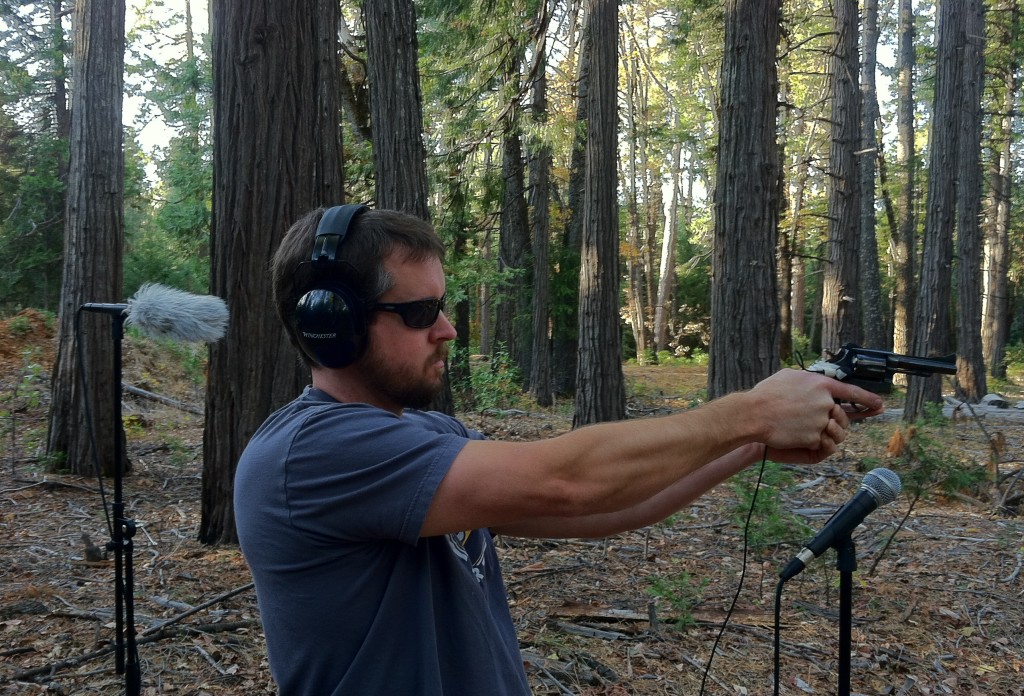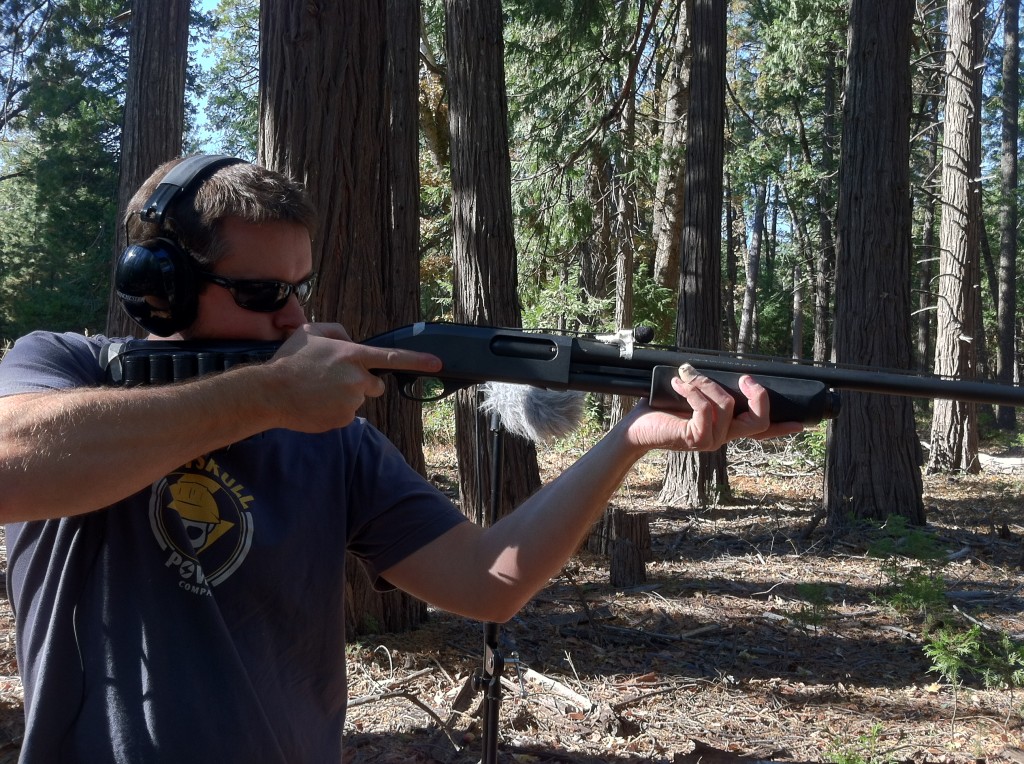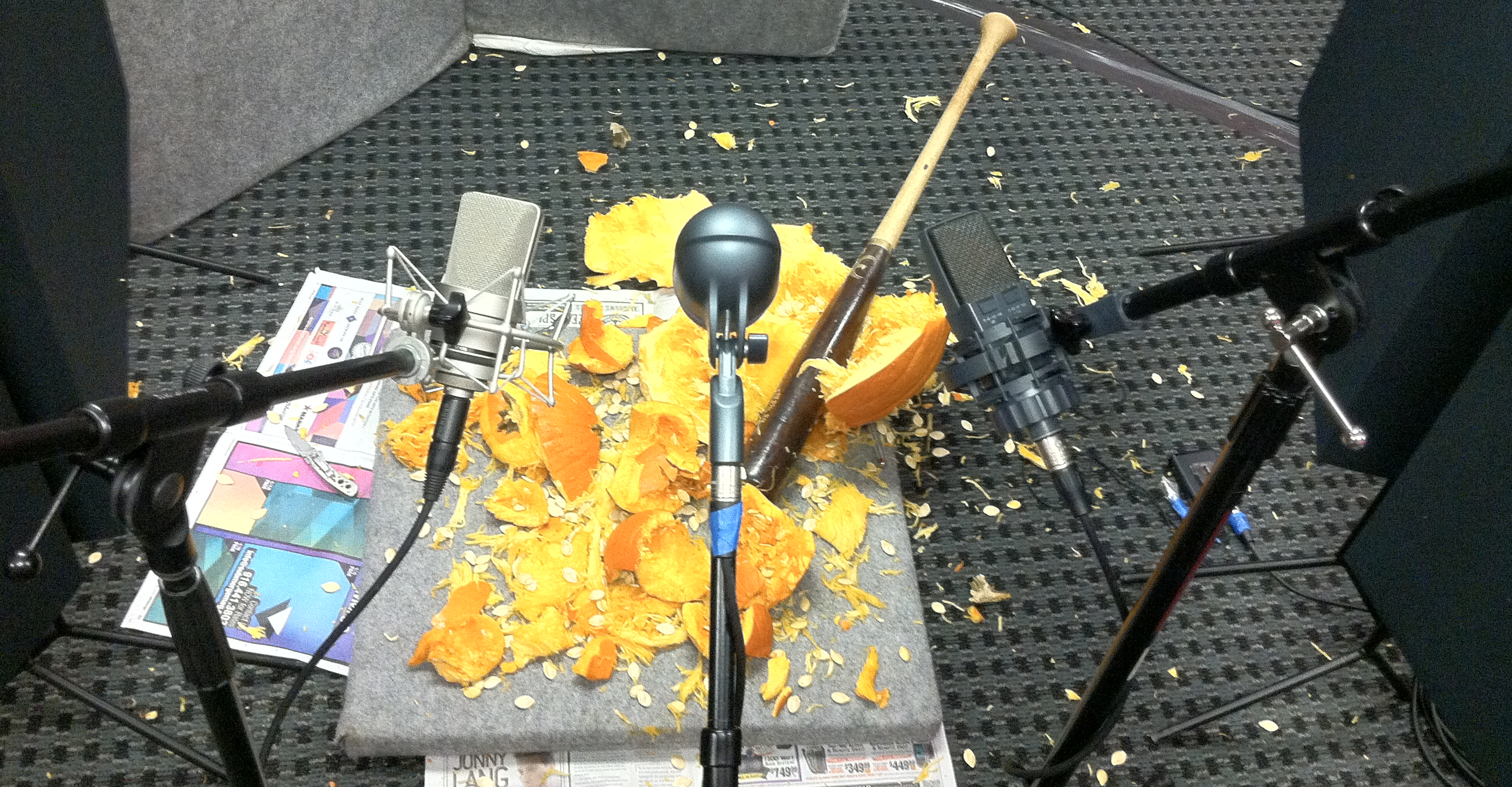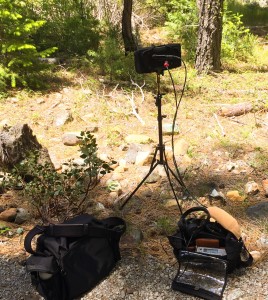
New Gear — Domke J1 bag (bottom left) for the SASS housing and MKH 20 mics (seen on tripod). Porta Brace AR-788CLX bag (bottom right) for the Sound Devices 744T, cables, and HD25-1 headphones.
After slowly upgrading my gear over the last few years I finally have (what I consider to be) a proper field recording rig. I’ve been updating my gear one piece at a time for a while now and I finally have a setup that I’m really happy with.
I have a pair of Sennheiser MHK 20 mics mounted inside of a “modified” SASS housing, a pair of Sennheiser HD 25-1 headphones, and a Sound Devices 744T recorder. I still need a good mid-side rig, but I’m content with this setup for now. Since the 744T has 4 channels, but only 2 built-in preamps, I also have the option of using a MixPre-D that has 2 preamps. Using the MixPre-D, along with a Rode NT4 as the “back” or “surround” mics in a quad setup, will let me take full advantage of the 744T’s four inputs. The NT4 won’t give me as transparent of a sound as the MKH 20s will (to my ears anyway), but it’ll work for now until I’m able to upgrade.
Nature Sounds Society Field Recording Workshop
I was able to get both the 744T recorder and the modified SASS housing for my MKH 20s just in time for the Nature Sounds Society annual workshop, so I captured some really nice and clean recordings while I was there. I’d also say the fact that we were arriving on location and ready to record by 4am, when there were no cars in sight (or — more importantly — sound), probably helped make the recordings turn out a whole lot cleaner too.
Heading out before “nautical twilight” to record the Dawn Chorus isn’t easy for the non-morning person like myself, but it’s always worth it once you hear the playback of your recordings. I wasn’t aware of what nautical twilight was before this trip, but I was told told that it would be happening around 4:19 or 4:20am, which meant that we had to be on location well before then.
I’ve been out recording Dawn Choruses that early before and it’s still dark outside at that time. For some of us who had already stumbled around in the dark while preparing to record at one point or another, we knew the deal and came prepared with our headlamps. There’s nothing quite as confusing and frustrating (since you’re only about halfway awake at this point) as trying to set up your rig for recording in the pitch black. For added fun my headlamp has a “night vision red” light, which I’m pretty sure makes me look like a sniper wandering around in the dark to anyone who might see me from a distance.
Here’s a recording that I made the first morning we went out to record in the Sierra Valley…
[soundcloud url=”https://api.soundcloud.com/tracks/211687853″ params=”color=3f1f0f&auto_play=false&hide_related=false&show_comments=true&show_user=true&show_reposts=false” width=”100%” height=”166″ iframe=”true” /]
On our way to the location we were recording at I heard someone mentioning cows, but I was way too tired to process any type of information that early in the morning. When I heard the first cow join in on the “dawn chorus” I nearly couldn’t stop myself from laughing. I wasn’t the only one recording, so luckily I held it together and didn’t ruin anyone’s recordings.
**Update on 12/06/15** Here’s another recording that I captured on this trip while we were at Yuba Pass…
[soundcloud url=”https://api.soundcloud.com/tracks/236291717″ params=”color=ff5500&auto_play=false&hide_related=false&show_comments=true&show_user=true&show_reposts=false” width=”100%” height=”166″ iframe=”true” /]
This ended up being a really fun trip and I was able to get some great recordings. I’m already looking forward to next year’s workshop. As I make some time I’ll post some more of the recordings that I collected on this trip using my new gear.
In the meantime, please feel free to listen to a few excerpts from some of my other recent field recordings and sound design clips that I’ve posted up on SoundCloud.
Enjoy…
Eric
[soundcloud url=”https://api.soundcloud.com/playlists/71807050?secret_token=s-lpy2P” params=”color=ff5500&auto_play=false&hide_related=false&show_comments=true&show_user=true&show_reposts=false” width=”80%” height=”300″ iframe=”true” /]
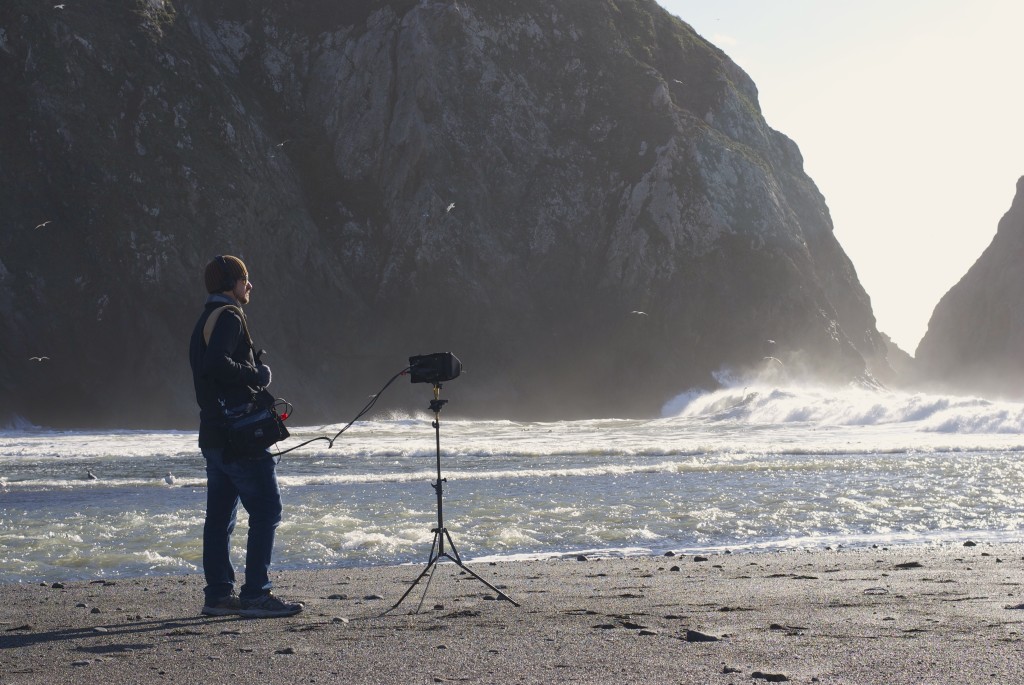 Recording some crashing waves at Greenwood State Beach with my favorite setup for recording ambiences. A modified SASS, that’s housing a pair of Sennheiser MKH 20s (seen on the tripod), a Sound Devices 744T (in the Portabrace bag on my shoulder), and HD25-1 headphones.
Recording some crashing waves at Greenwood State Beach with my favorite setup for recording ambiences. A modified SASS, that’s housing a pair of Sennheiser MKH 20s (seen on the tripod), a Sound Devices 744T (in the Portabrace bag on my shoulder), and HD25-1 headphones.